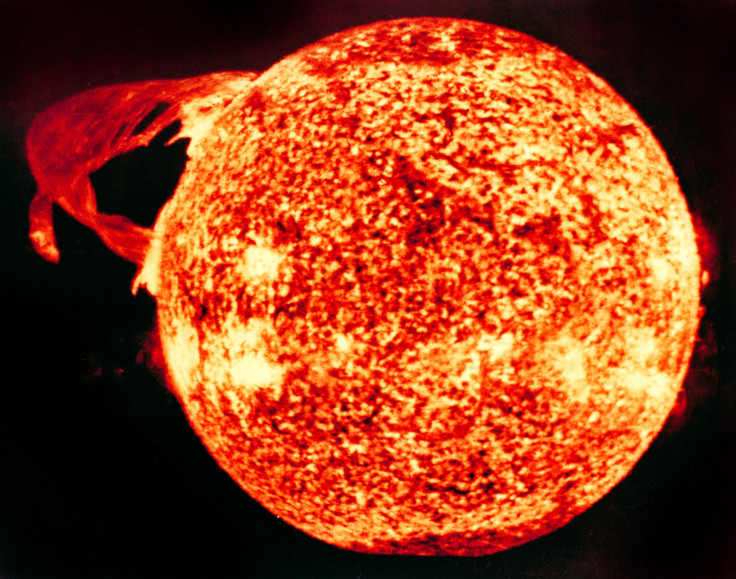Sun Shoots Out Biggest Solar Flare In Recent Years

KEY POINTS
- NASA confirmed that the Sun emitted a solar flare
- It was the most powerful solar flare produced by the Sun since 2017
- The latest solar activity indicates that the Sun might enter a new solar cycle
NASA confirmed that the Sun recently emitted its most powerful solar flare since 2017. According to scientists, the latest emission could indicate that the Sun’s solar minimum period has officially ended.
The latest solar incident was detected by NASA satellites. According to the agency, the incident happened on May 29 after the Sun spewed out a powerful solar flare from its surface.
Based on the observations made by NASA’ solar spacecraft, the solar flare formed a looping structure on the surface of the Sun before breaking off. As noted by the agency, the Sun produced an M-class solar flare, which is the most powerful type of solar emission.
According to NASA, the last time that the Sun produced a powerful solar flare was in October 2017. Although solar flares are dangerous since they carry intense radiation, NASA noted that the latest flare was not pointed at Earth. Also, the agency confirmed that the Sun only produced a small M-class flare.
The Sun’s recent activity could indicate that the massive star has entered a new solar cycle. Earlier in May, scientists noted that the Sun might have entered a solar minimum period due to the absence of sunspots and solar activities from its surface.
The solar minimum is part of the Sun’s 11-year activity cycle. This cycle is based on the Sun’s magnetic field that tends to flip every 11 years.
With the recent solar flare emitted by the Sun, scientists believe that this could mean that the massive star is about to enter a new cycle filled with increased solar activity. However, NASA noted that further observations are needed to be made to confirm if the Sun is really about to enter a new solar cycle.
“It takes at least six months of solar observations and sunspot-counting after a minimum to know when it's occurred,” NASA explained in a statement. “Because that minimum is defined by the lowest number of sunspots in a cycle, scientists need to see the numbers consistently rising before they can determine when exactly they were at the bottom.”
© Copyright IBTimes 2025. All rights reserved.





















